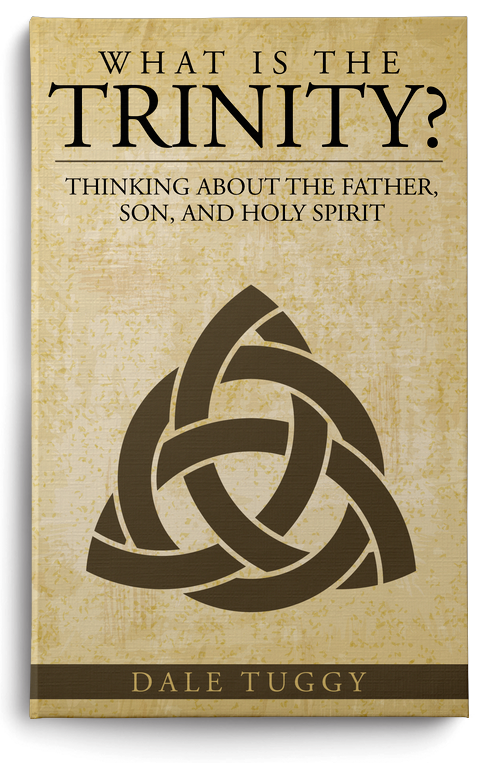 If you find the Trinity confusing, you are not alone! What does it mean to say God is “three Persons in one essence”? It might mean a number of things, and it has been understood in several ways by theologians. But how should it be understood, and how was it originally meant?
If you find the Trinity confusing, you are not alone! What does it mean to say God is “three Persons in one essence”? It might mean a number of things, and it has been understood in several ways by theologians. But how should it be understood, and how was it originally meant?
This book shines light on the fog shrouding this subject, equipping you with basic information about the meaning and history of trinitarian ideas, so that you can see the various options and search the scriptures with fresh eyes.
Topics include:
- What does it mean to say that the doctrine of the Trinity is a “mystery”?
- Is it true that if you try to understand the Trinity you’ll lose your mind, but if you try to deny it you’ll lose your soul?
- What is the first known trinitarian creed?
- What did the ancient bishops mean in saying that the Father and Son are “one substance” or “one essence”?
- Is it true, as some Catholic scholars argue, that the Trinity is not taught in the Bible, although it is taught by later, authoritative sources?
- What happened at and just before the Council at Constantinople in 381, and why are these events important?
- Is it a mistake to think that the “Persons” of the Trinity are “persons in the modern sense of the term”?
- Are the “Persons” of the Trinity something like God’s three personalities?
- Why is it important to distinguish trinitarian formulas from trinitarian claims?
- Is the one God of the Bible an eternal, loving, perfect community?